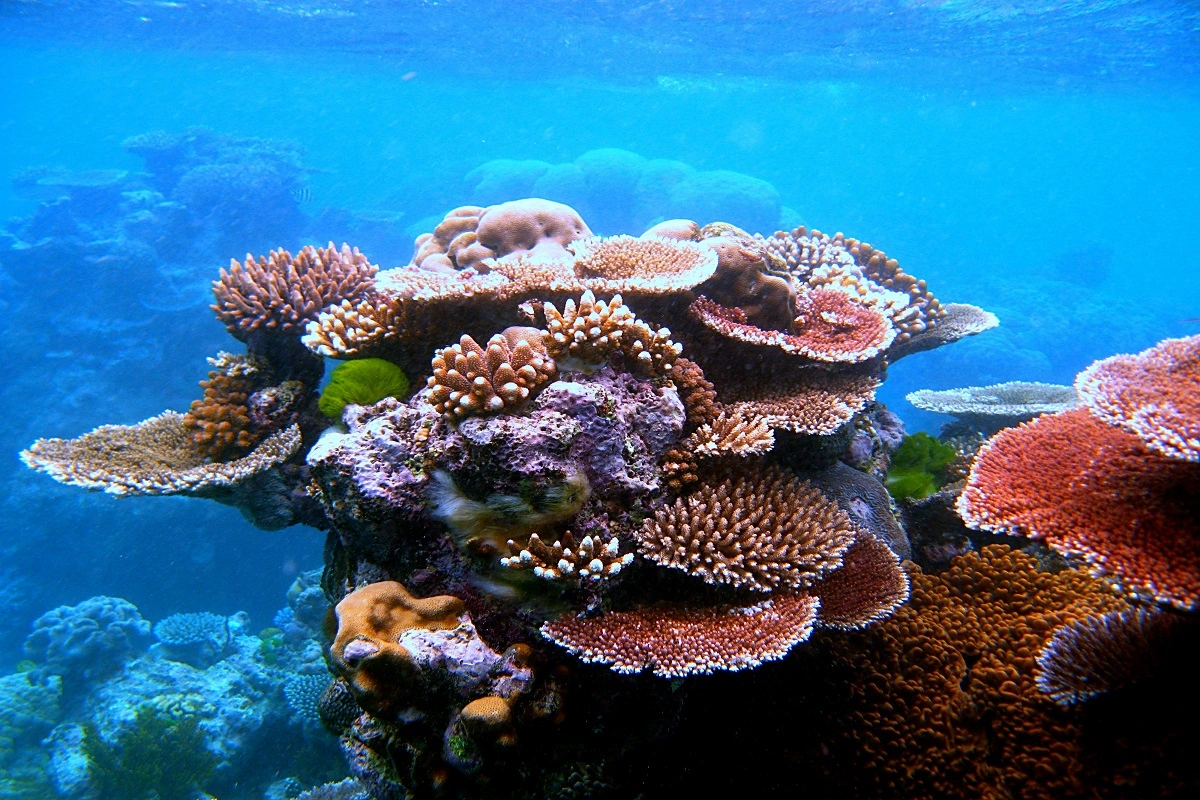
Pacific corals thrived during strongest El Nino, thanks to local currents, study finds
Localized Pacific ocean currents were identified which provided much-needed sustenance to Palmyra island’s coral reefs in the Central Pacific, which from April 2015 to May 2016 witnessed one of the strongest El Nino events ever recorded, said a new research.
Researchers say that the phenomenon they identified could help coral reef managers better plan and act for the future as marine heat waves, a key impact of climate change, pose a particularly significant threat to corals that form the backbone of coral reefs.
El Nino, a cyclical climate pattern arising in the tropical Pacific, causes significant changes in winds, weather, and ocean temperatures. Stressed by the warmer ocean temperatures, coral reefs on the island of Palmyra experienced mass bleaching, causing them to expel their symbiotic algae and become white.
The researchers from the King Abdullah University of Science & Technology (KAUST), Saudi Arabia, identified localized ocean processes during this El Nino that not only helped the coral reefs survive, but thrive, thereby, furthering knowledge of how and why coral reefs respond differently. stress.
Also Read: Study: Equitable Access To Vaccines Could Have Prevented More Than Half Of Global Covid Deaths
The international study is published in the journal Science Advances. ”We had no idea that something positive could come from El Nino,” said KAUST coral reef ecologist Michael Fox.
During El Nino, the ocean current at the equator is weakened, reducing the beneficial nutrients typically brought to the surface when this current is flowing strongly.
But further north, the eastward-flowing North Equatorial Counter Current hitting Palmyra’s western shores was found to have significantly strengthened during the 2015–16 El Nino.
This, along with the development of a shallower sea surface layer around Palmyra, drove an upward movement of cooler plankton-rich waters to the island’s coral reefs.
This process enabled the reefs to better manage the heat stress brought on by the rise in ocean surface temperatures.
Fox and his colleagues found from ocean models that these ocean processes were also present during the other two major El Ninos to occur in the past half century, suggesting that they helped Palmyra’s corals survive the most extreme marine heat waves.
However, those a mere 700km south on the equatorial islands of Kiritimati and Jarvis did not. ”The same processes that caused coral reefs to die on Central Pacific islands on the equator led to positive conditions just a bit further north.
The real surprise is that something beneficial for corals happened during such a major El Nino,” said Fox. ”El Nino-associated heat waves are the greatest threat to coral reef ecosystems globally,” explained Fox.
‘These events have far-reaching impacts across the tropics and can result in mass coral mortality across vast areas. Identifying coral reefs that have a greater chance of survival during these extreme events is critical to understanding the future of coral reef ecosystems,” said Fox.
Crucially, improving the ability of managers and conservationists to identify naturally protected reefs could form the basis for repopulating corals more exposed to the impacts of climate change, the researchers said.
They said their study provided a roadmap for looking more broadly for reefs seen to buck the global trend of decline.
Source PTI
To read more such news, download Bharat Express news apps


















